Graphics Reference
In-Depth Information
by looking at the matrices after they have been diagonalized. The details of the rest
of the proof are lengthy and messy but not hard. They basically only involve rewrit-
ing equation (3.35) and solving for various conditions. See [Eise39].
Theorem 3.6.4 tells us the conic that equation (3.35) represents but does not
directly tell us the transformation that transforms it to our standard equations. The
basic steps in finding this transformation were sketched earlier. We summarize the
results along with some additional details below. They are divided into three cases
that subdivide into the subcases in Theorem 3.6.4. Again see [Eise39]. For a slightly
different approach, see [RogA90].
Let
C
be the conic defined by equation (3.35). Our object is to find a rigid motion M
so hat M(
C
) is defined by the standard equation for a conic. The transformation M will
have the form RT, where T is a translation and R is a rotation about the origin.
Case 1:
D π 0 (the central conics if Dπ0)
The “center” of the conic is at
hg
-
bf
hf
-
ag
x
=
,
y
=
.
(3.46)
0
0
D
D
Let T be the translation that sends (x
0
,y
0
) to the origin. The conic
C
¢=T(
C
) will have
its center at the origin. It follows that replacing x by x + x
0
and y by y + y
0
will elim-
inate the linear terms in (3.35) and give us an equation for
C
¢ of the form
2
2
ax
+
2
hxy
+
by
+
constant
=
0
.
(3.47)
Let q be an angle defined by equations (3.36) and let R be the rotation about the origin
through the angle -q. This will rotate an axis of the conic into the x-axis. The equa-
tion for
C
≤=R(
C
¢) is obtained by replacing x by x cos q-y sin q and y by x sin q+y
cos q in equation (3.47). We will get
D
2
2
ax
¢¢ + ¢¢ +
by
=
0
.
(3.48)
D
In fact, a¢ and b¢ are the roots of
2
x xD
-+=,
0
(3.49)
that is,
2
2
(
)
2
(
)
2
ab
++
ab
-
+
4
h
ab
+-
ab
-
+
4
h
a
¢=
and
b
¢=
.
(3.50)
2
2
Equation (3.49) is actually the characteristic equation for the matrix B in (3.45)
(Theorem C.4.8(3)), so that a¢ and b¢ are the eigenvalues of B. In other words, instead of
dealing with angles directly, find an orthonormal pair
u
1
and
u
2
of eigenvectors for B. Let
u
u
)
Ê
Ë
ˆ
¯
1
(
)
=¢
(
xy
x y
¢
(3.51)
2

